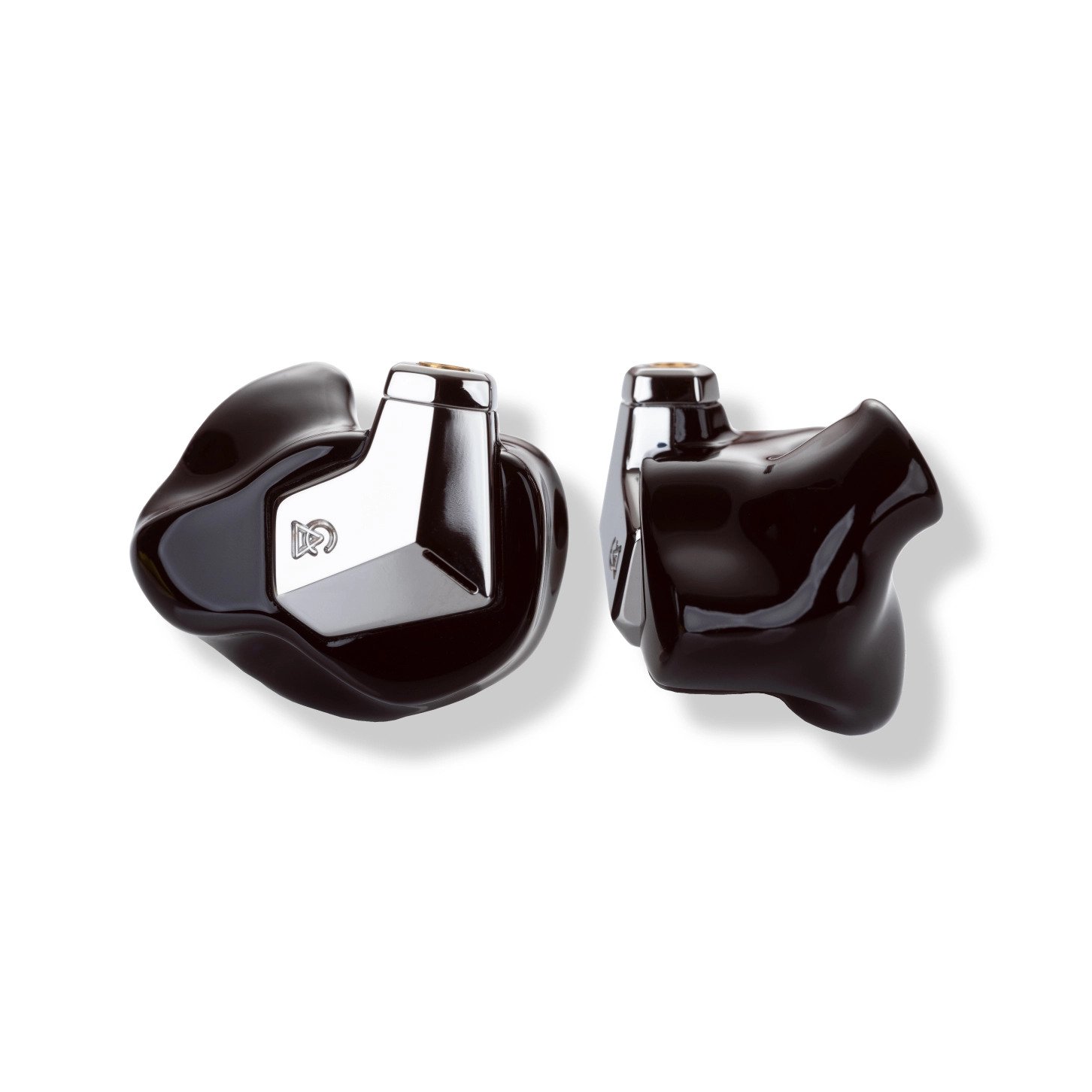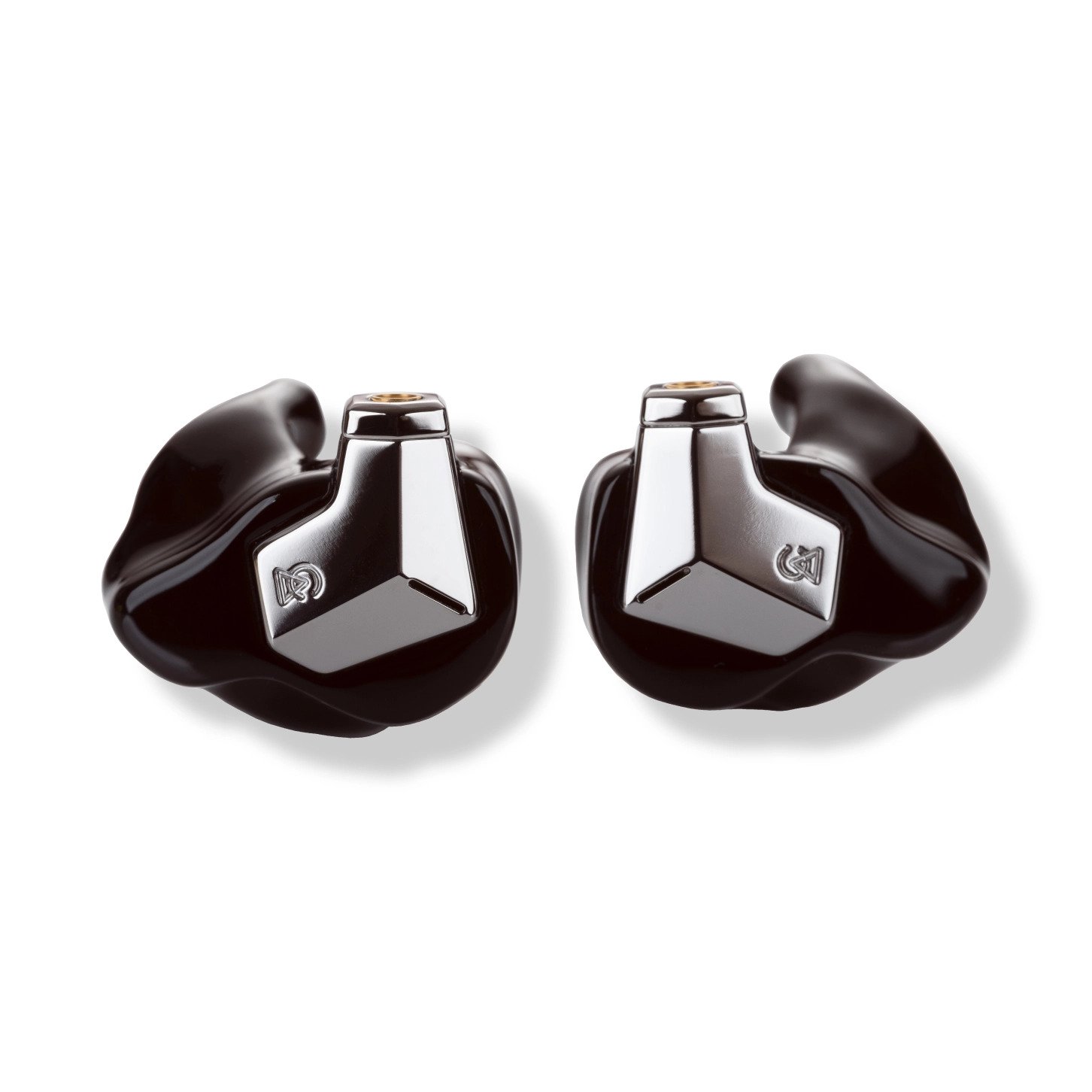Campfire Audio, a manufacturer of earphones and in-ear monitors (IEMs), has leveraged 3D printing to better customize its new Supermoon planar magnetic IEM model.
The IEM’s patent-pending solid-body design provides optimized acoustic performance alongside a customized, unique fit for the wearer, made possible by a combination of 3D scanning and 3D printing technologies.
“All of our earphones are designed to create an elevated listening experience for our customers – from touring musicians and audio engineers, to music lovers who want to take their listening to the next level,” said Caleb Rosenau, Campfire Audio VP.
“With Supermoon, we’ve utilized our custom planar magnetic driver to achieve a new standard in audio clarity for our custom-fit offerings, and we’re pleased to invite our customers to take the leap themselves to a new plateau in the personalized audio experience.”

The 3D printed Supermoon IEM
IEMs are devices used by musicians, audio engineers, and audiophiles to listen to music or to hear a personal mix of vocals and stage instrumentation for live performances or recording studio mixing. Television presenters also use IEMs to receive vocal instructions, information, and breaking news announcements from a producer.
Campfire Audio’s Supermoon IEM is powered by the firm’s all-new custom planar magnetic driver, a device that converts electrical signals to soundwaves. Planar magnetic drivers do this via a flat diaphragm as opposed to a typical cone-shaped membrane found in common loudspeakers in order to deliver improved sound quality.
The drivers are nestled within Campfire Audio’s patent-pending solid body earphone design, which is customized to each individual user through the use of 3D printing. The firm’s custom-fit process begins with taking ear impressions from a customer, from which the interior acoustic chambers of the IEM are mapped and lined up with the planar drivers for optimized audio performance.
The IEM is 3D printed as a single component with minimal moving parts in order to maximize the earphone’s reliability and longevity, before being hand-finished with a stainless steel faceplate. Utilizing 3D printing enables the IEM’s outer body to conform perfectly to each unique ear shape in two different fits: ‘Artist’ and ‘Audiophile’.
The Artist fit offers a shallow seal depth to improve comfort, and is designed for everyday use from a person’s daily commute to the studio. The Audiophile fit, meanwhile, offers a more traditional seal depth to ensure the necessary sonic isolation and security needed for demanding on-stage performances, and is designed for professional musicians.
Priced at a hefty $1,500, the Supermoon IEM is marketed to music industry professionals and committed headphone enthusiasts willing to part with a substantial sum to achieve a superior listening experience.

Acoustic additive manufacturing
3D printing is being increasingly utilized in the R&D and fabrication of objects with sound-enhancing and proofing properties. In the past, the technology has been deployed to improve the acoustics of guitars and to fulfill sophisticated underwater acoustic sonar applications.
Last year, Fraunhofer UMSICHT and Fraunhofer IBP fabricated 3D printed fungus-based sound-proofing devices that could form a new line of sustainable acoustic prototypes offering superior performance to conventional products. Meanwhile, TU Delft and Materialise have worked together to develop 3D printed sound-absorbing acoustic panels for use within concert halls and sports arenas.
Most recently, the University of Strathclyde and the University of Glasgow received just under £500,000 to develop miniaturized 3D printed acoustic systems formed of metamaterials, which could form the “next generation” of technologies in wearable consumer projects.
Subscribe to the 3D Printing Industry newsletter for the latest news in additive manufacturing. You can also stay connected by following us on Twitter and liking us on Facebook.
Looking for a career in additive manufacturing? Visit 3D Printing Jobs for a selection of roles in the industry.
Subscribe to our YouTube channel for the latest 3D printing video shorts, reviews, and webinar replays.
Featured image shows Campfire Audio Supermoon IEM. Photo via Campfire Audio.



